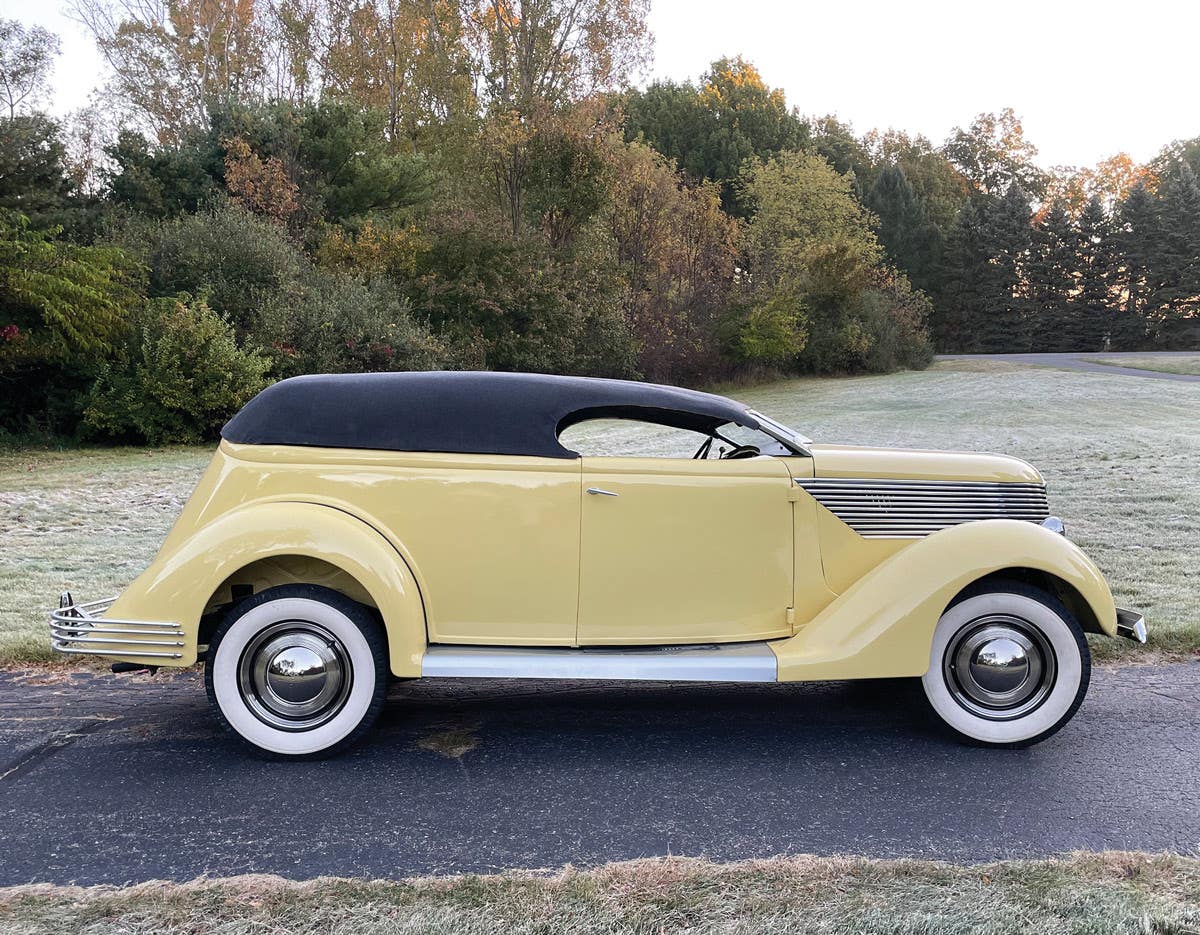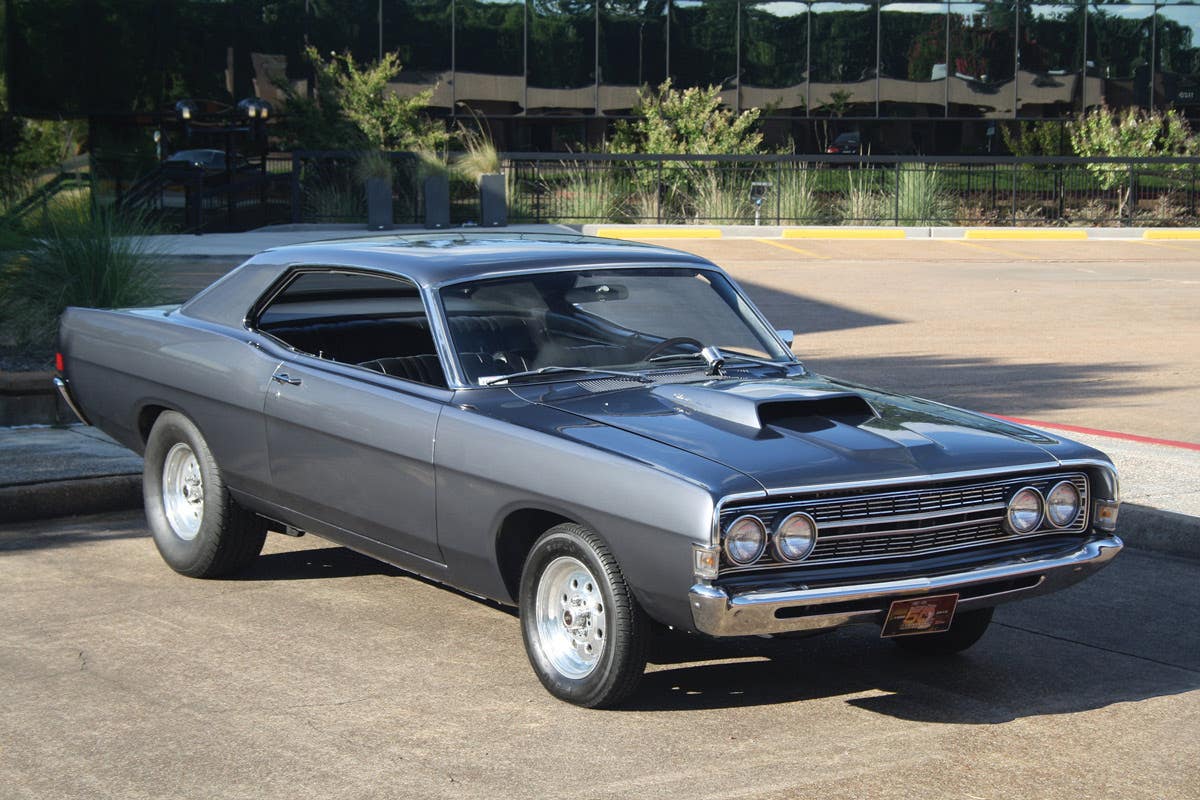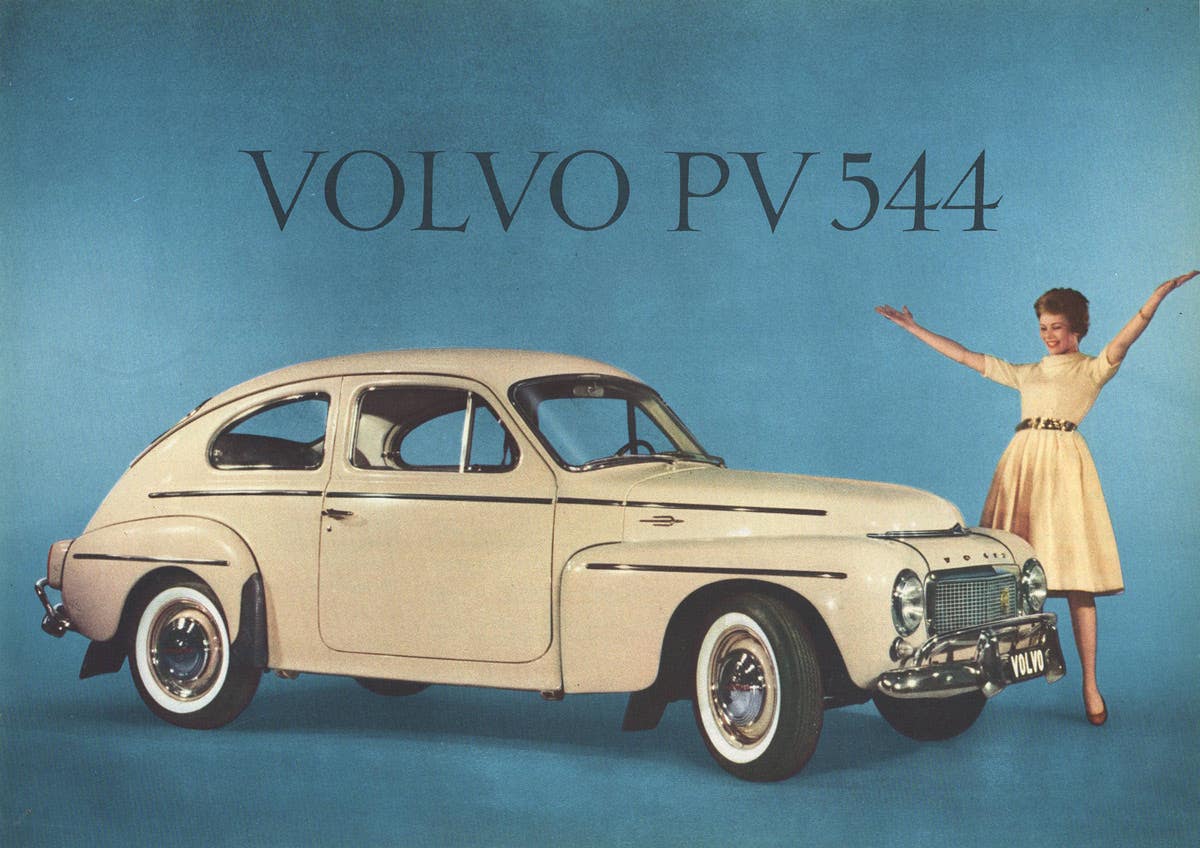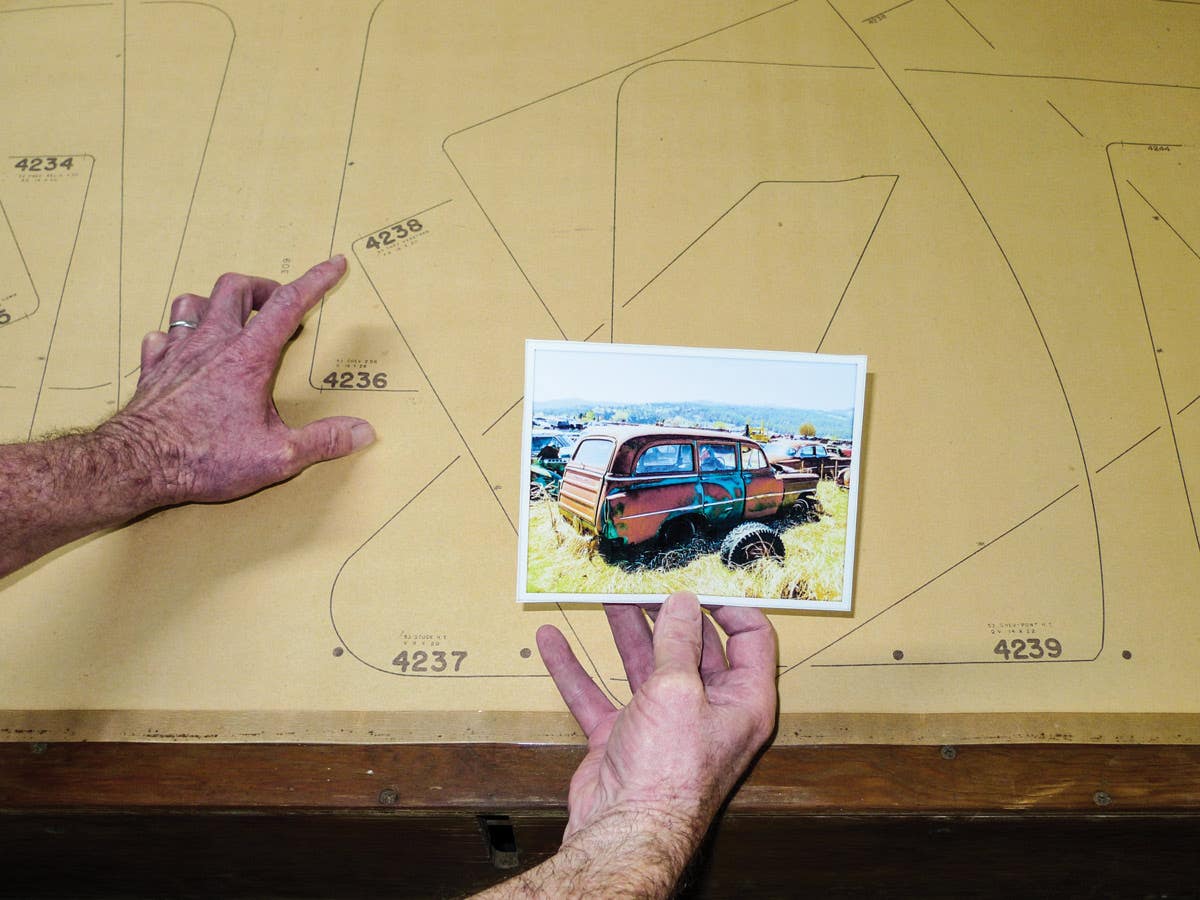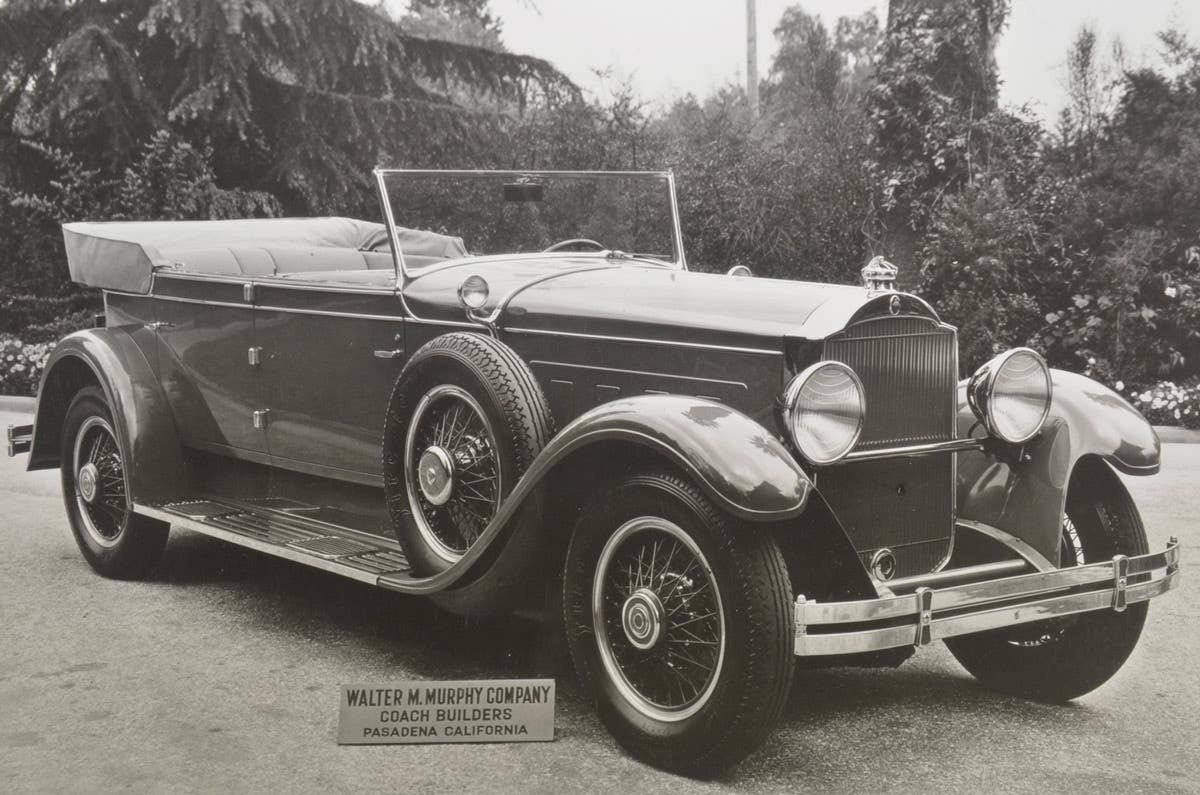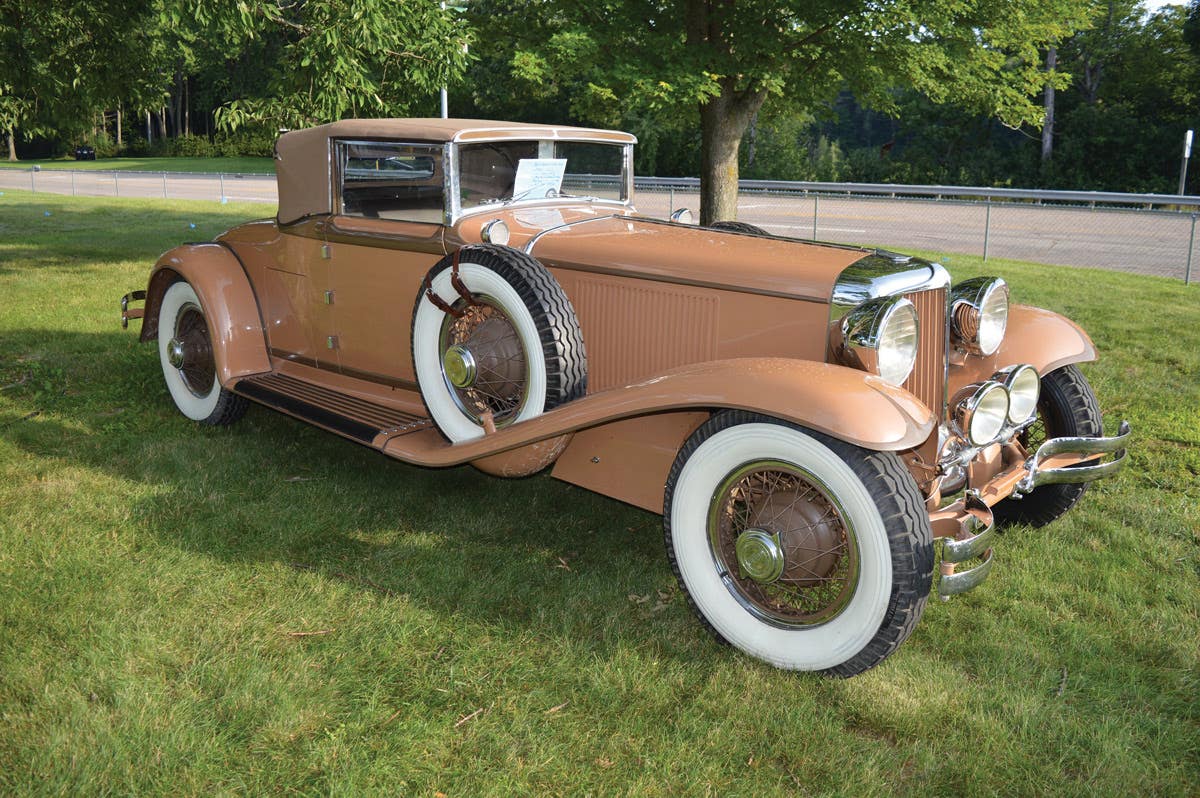Q&A with Kit Foster: August 25, 2011
Q. I have what’s supposedly a 1939 GMC all-wheel drive truck. After doing research, I believe it to be a ’40 Model ACK353, serial number 6140, HP. 89.5, WT 3,000,…
Q. I have what’s supposedly a 1939 GMC all-wheel drive truck. After doing research, I believe it to be a ’40 Model ACK353, serial number 6140, HP. 89.5, WT 3,000, Max Gross WT 12,000. I have a GMC parts book, light-duty models 100 through 370 (1939-’50). In the model identification section, it lists the series 350 AC, but no ACK model. The AC353 is not listed until ’40, but the serial numbers only go to 3212. This truck was reportedly the first snow plow in Denver, Colo. (undocumented). I’m assuming that it’s a special order truck with four-wheel-drive and that’s the reason for the “K” on the model designation. The ACK353-6140 is on the right side of the cowl and on the frame. Any help would be appreciated.
Len Cole, Nederland, Colo.
A. The sealed beam headlights and fender-mounted parking lights confirm that it’s a 1940. I have a ’49 Branham Automobile Reference Book that lists the 1940 AC-353 as a 1-1/2 ton rated truck with 157.75-inch wheelbase (AC-352 was 133.75, 354 was 175.75 and 355 a whopping 193.75). Serials are given as “AC-353-1510 and up.” I suspect the four-wheel drive components were supplied by an outside firm. Marmon-Herrington filled this role for Ford in that period. I’m not sure who supplied General Motors, although I believe that by ’40, the Canadian plants were supplying 4x4 trucks to their government for the building war effort.
Q. I enjoyed “Confessions of a Rocket Man” (Old Cars Weekly, June 6). Being a rocket driver myself, I’ve wondered why Oldsmobile used the North and South American continents on its hood emblem and trunk handle, as well as other areas. It seems to have disappeared in 1957. Can you or anyone explain this?
Ray Lindberg, via e-mail
A. The globe emblem appeared in 1949. In its original form, it had an orbital ring around the equator. I wonder if this wasn’t a subliminal reference to the new Rocket V-8 engine. By ’57, the last year it was used, the ring had been reduced to a simple horizontal bar with a vertical spike in the middle.
Q. Bob Hodges (June 2 “Q&A”) seems to have a solution for tire wear that someone asked about in the Feb. 24 “Q&A.” I’ve read and re-read his answer and can only think “Huh?” I know that adding weight to a vehicle will change alignment angles, and movement up and down will change angles, but I’ve never heard of “load change” nor “toe-in under the up-and-down movement of the front suspension.” All alignment angles are set at a static state. That’s why ride height is so important. I’m a trade school graduate in automotive repair and have been NIASE-certified in steering and suspension systems since 1974. I’ve never heard of a load change gauge, nor have I ever aligned a vehicle where the manufacturer or any repair manual recommended bending a Pitman or idler arm, or any other steering or suspension part. Some mechanics would bend I-beams to change angles, but I don’t think it was recommended by the manufacturer. Dave Tufts, the Ford alignment tech answering the same question, seems to have the correct fix. As for the ’62 Comet in the original question, I’d also check ride height and check for worn parts. I’d perform a “dry park check” to check steering linkages (except ball joints or king pins) for wear. With the vehicle on the ground with the engine off, have a friend turn the steering wheel several inches repeatedly back and forth while you check for any movement in the linkage. If the stud moves and the link does not, it’s worn and should be replaced. I was at a Moog clinic once and the instructor said that a vehicle that is one-eighth-inch out of toe specs was like dragging a tire sideways 30 feet for every mile driven. I don’t know how true that is, but it’s made me align vehicles as close to specs as possible.
Randy Brennan, Grand Rapids, Minn.
A. I can’t claim expertise on this topic. It seems reasonable that a change in vehicle loading, such as heavy cargo in the trunk, will affect wheel alignment. I suspect what Mr. Hodges was saying is that there’s a way to minimize this by fine-tuning the front suspension. I��m not surprised that manufacturers don’t recommend bending components. The point on which there seems to be consensus is to set wheel alignment with the car loaded the way it will be driven.
To submit questions to this column: E-mail ron.kowalke@fwpubs.com or mail to: Q&A, c/o Ron Kowalke, 700 E. State St., Iola, WI 54990-0001.
Got Old Cars?
If you don't subscribe to Old Cars Weekly magazine, you're missing out on the only weekly magazine in the car hobby. And we'll deliver 54 issues a year right to your mailbox every week for less than the price of a oil change! Click here to see what you're missing with Old Cars Weekly!
More Resources for Car Collectors:
- Classic car price guides, research, books, back issues of Old Cars Weekly & more
- Get expert restoration advice for your classic car
- Get car pricing, data and history all in one place
- Sign up for Old Cars Weekly's FREE email newsletter
- Need to buy or sell your classic car? Looking for parts or memorabilia? Search our huge online classified marketplace



